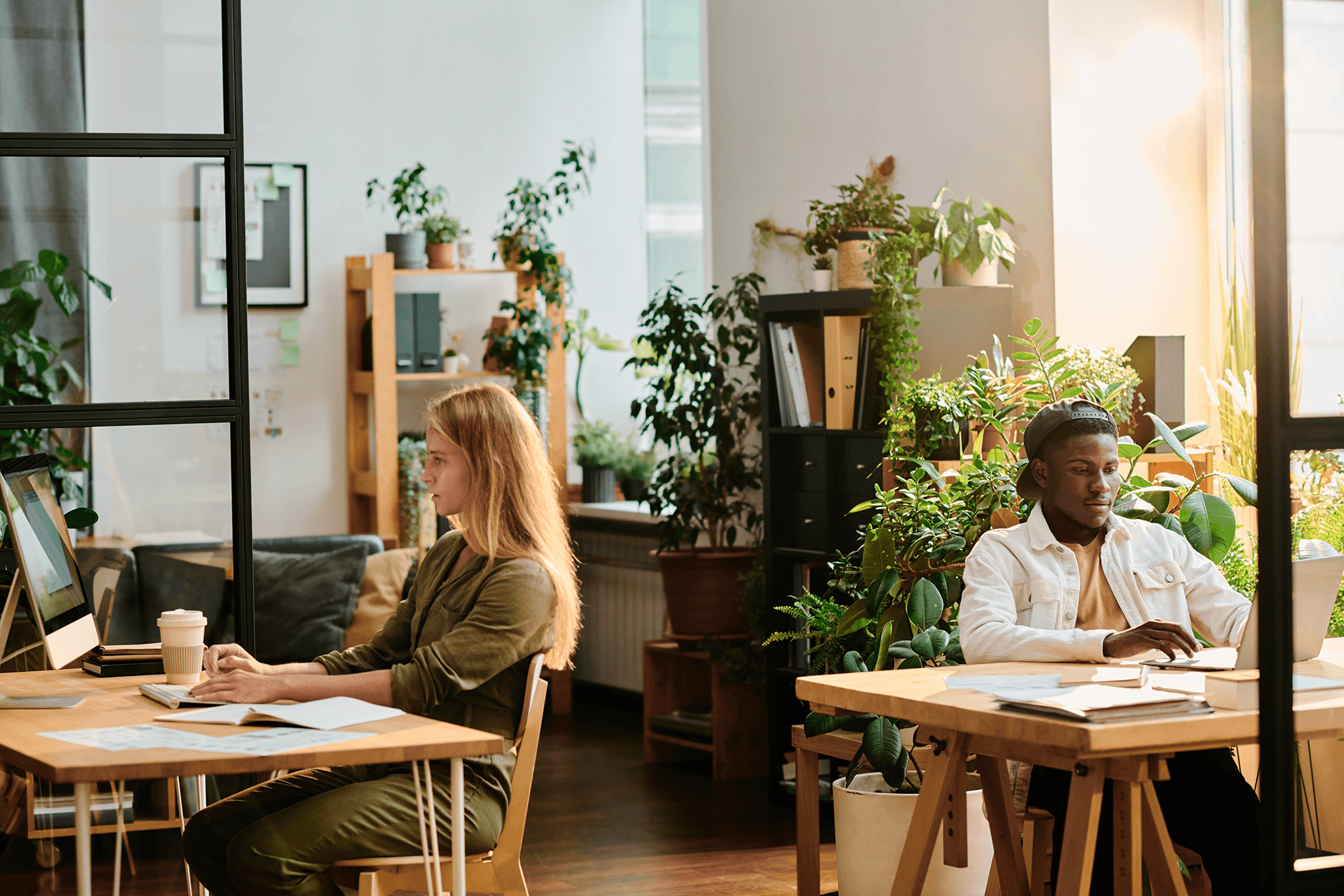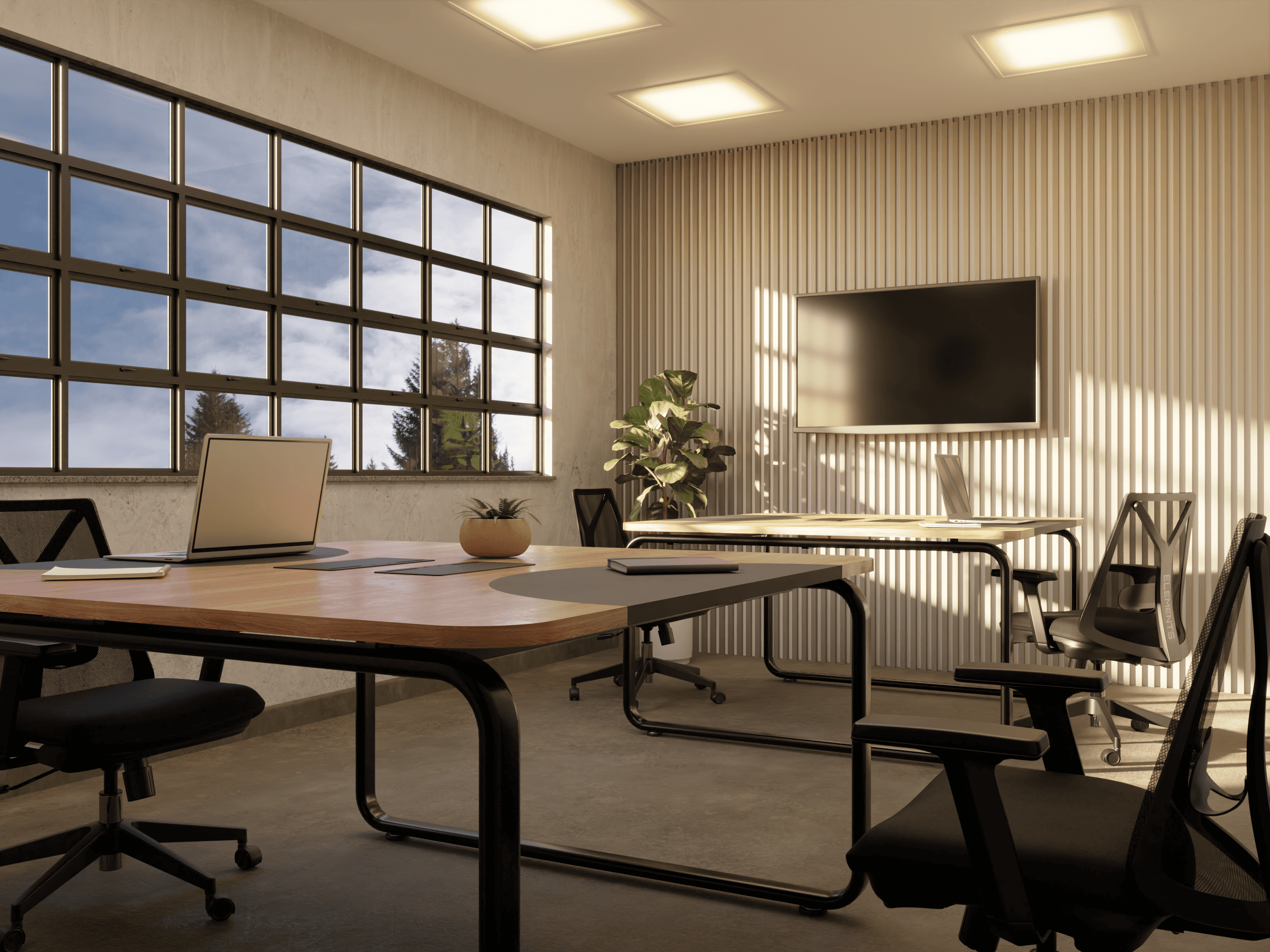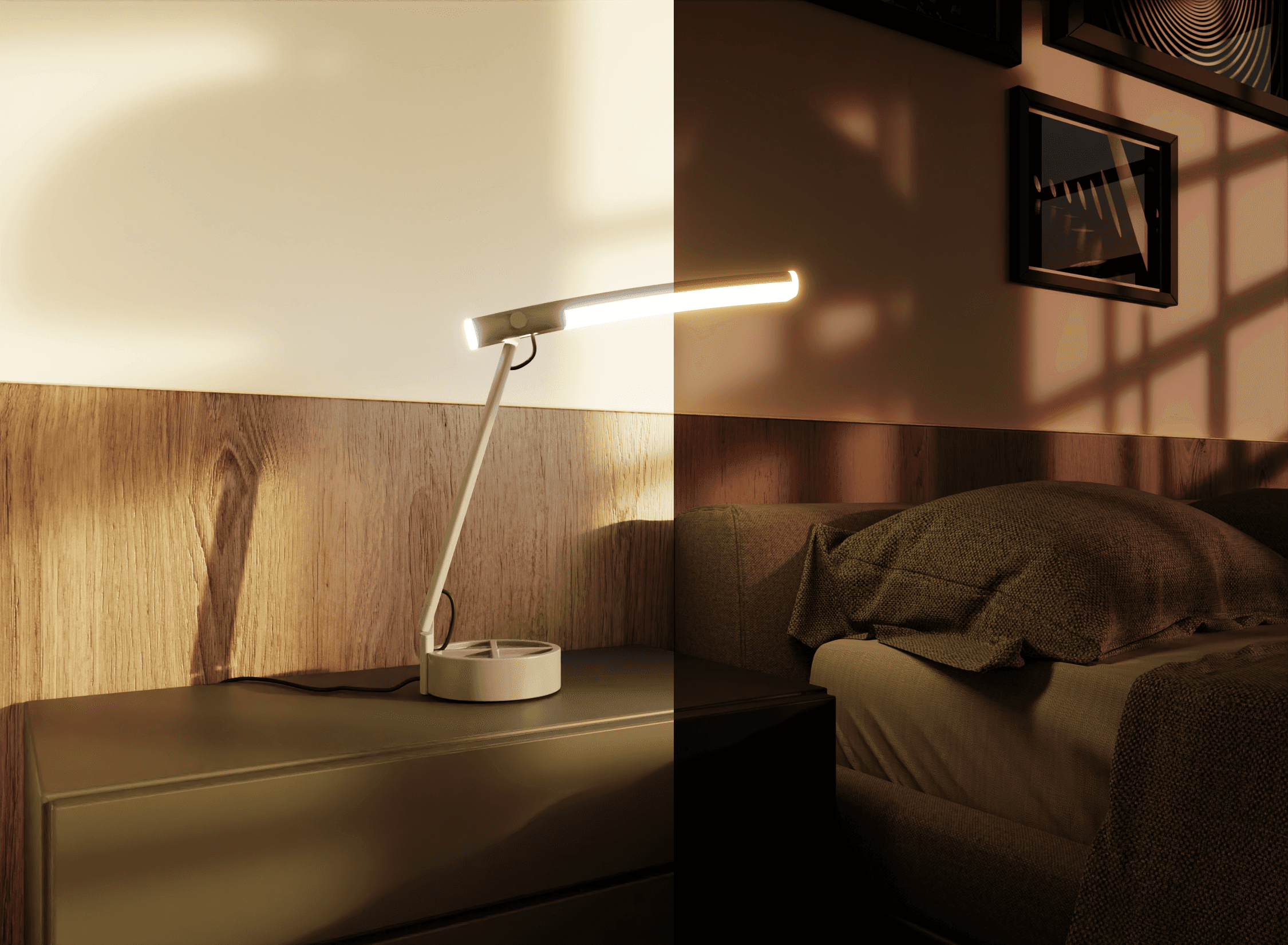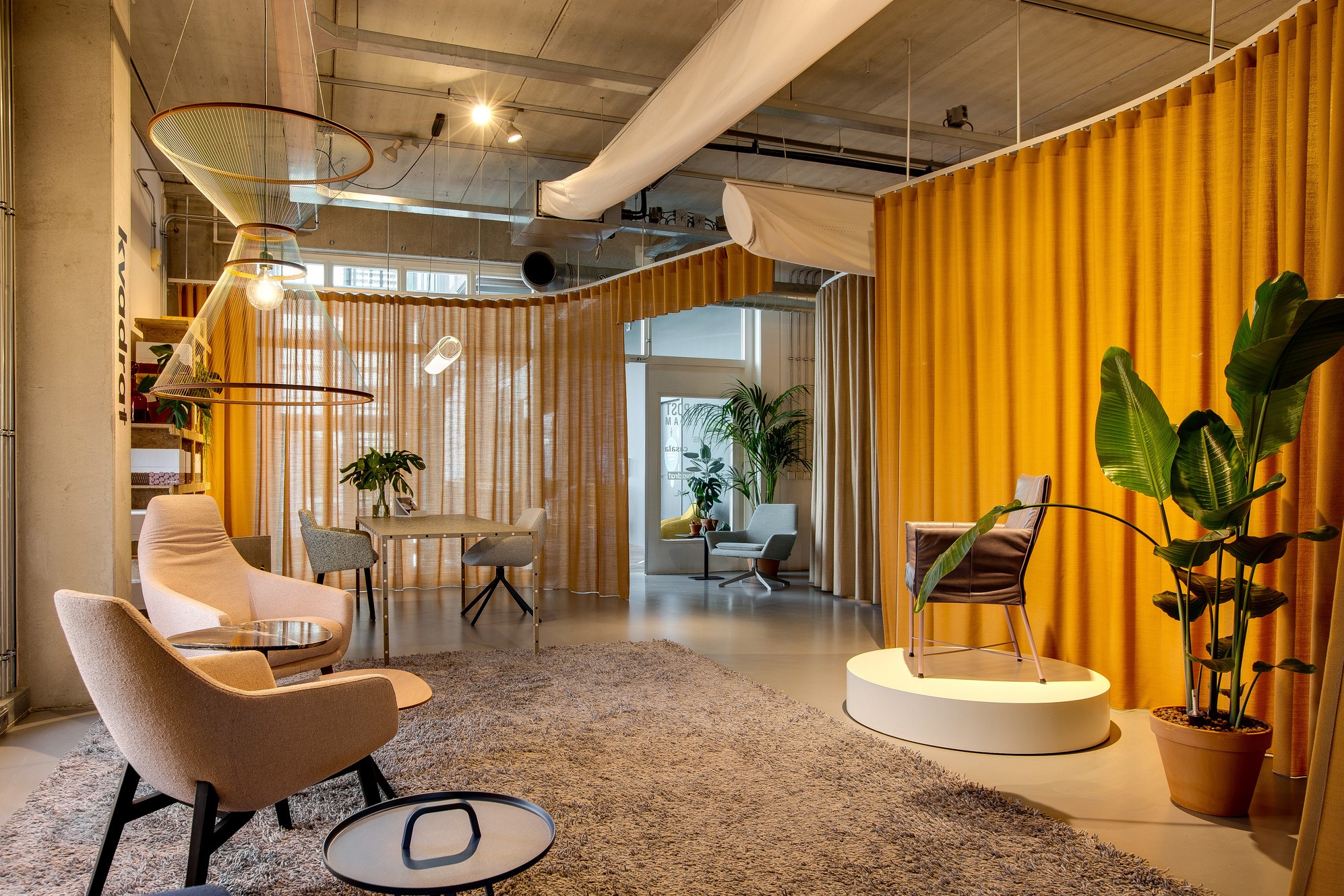Circadian rhythms are the body’s natural cycles of physical, mental and behavioural changes that occur over a 24-hour period. These rhythms are intricately linked to the strength and hue of light and how it moves across the sunlight spectrum, influencing human behaviour, biological functions, and mental activities.
The part of the brain that deals with these rhythms is the hypothalamus, and located in the anterior part of the hypothalamus, there’s a cluster of brain cells; the suprachiasmatic nucleus (SCN), where our optic nerves intersect. The SCN processes signals of light and darkness, triggering mechanisms that wake us up and induce sleep.
The general amount of daylight a geographical location can receive varies based on its latitude and time of the year. As a result, the reliance on artificial lighting differs everyday across the world. In our daily life, factors including travel, diet, job, stress and other lifestyle habits or deeper issues like visual impairments, and brain damage can easily alter circadian cycles, which naturally match with the day-night cycle.
So how do we maintain a healthy circadian rhythm? It’s important to establish a regular sleep pattern, regular exercise (ideally outdoors), get an appropriate amount of light exposure and adopt healthy behaviours and routines. Excessive or poor quality artificial light exposure can trip up our our circadian rhythm, causing it to misalign the day-night cycle, which in turn leads to sleep-wake cycle disorders, which cause stress and drowsiness and can lead to potentially more severe issues like depression.
We have heard of the importance of Biophilic Design in Architecture before. Biophilia suggests that humans have an inherent connection to nature. Given how far modern design and construction methods have come, our public and private spaces can now be designed and built in a way that fosters this connection with nature. Biophilia integrates natural elements into built environments and is essential for enhancing human well-being and productivity. In many parts of the world there is now a growing shift towards biophilic design, whether that is integrated into the facade of buildings or into interior design.
The synergy between biophilic elements and circadian rhythms creates environments that support optimal health, well-being and performance. When we spend a lot of time in a space, we need to think of this and what are the best solutions to achieve it over the long term. Specifically, exposure to circadian-syncronized lighting during the day will help regulate the production of melatonin and cortisol, which in a workplace environment, will enhance alertness and concentration, increasing productivity and improving our mood.
CASA VIVA is an innovative design studio and furniture brand that has optimal solutions for contemporary living and interior decoration. AURA is extremely useful for connecting us with our Circadian Cycle as it features automatic circadian cycle lighting (changing temperatures during the day to match the sun colour).
In the morning, the circadian lamp emits a bright light replicating the sun, which suppresses melatonin production so it can boost wakefulness and alertness. At midday, the light remains bright but shifts slightly to a more balanced, neutral white, maintaining alertness and productivity without being overly stimulating. In the evening, the shift is to a warm transition that prepares us for the night ahead, and helps trigger melatonin production, improving our sleep, mood and sense of well-being.
CASAVIVA is invested in making people look and feel better. We encounter artificial light every day, so having solutions that optimise our circadian cycle is a must for vibrant living. Check out their latest products at this page. (https://casaviva.us/products) and AURA here.
Karine Cholet (B.ARCH; M.ARCH; PT II ARCH.ASSISTANT) and Guest writer for CASAVIVA
Read more





